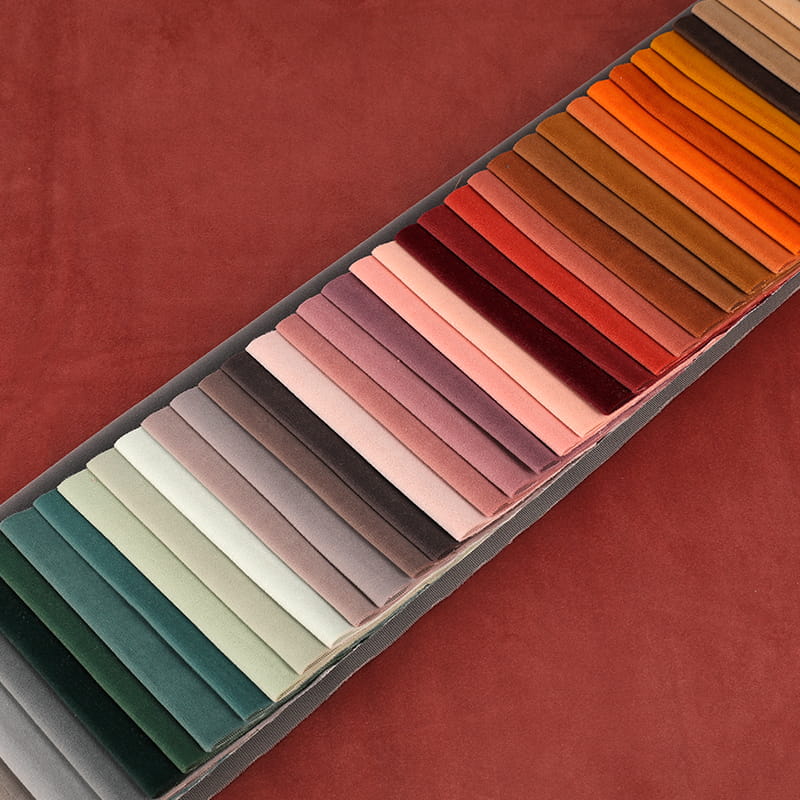Dutch Velvet Fabric is a type of velvet created from cotton or silk fabric that has been processed into a soft surface through weaving on a double-cloth loom and featuring rich piles of soft fibers to give it its signature appearance. Common uses for Dutch velvet include garments, curtains and upholstering furniture upholstery projects; different varieties boast unique textures and colors.
Velvet can be divided into various categories depending on how its pile is created and finished, including Lyons velvet which features densely woven yarn with a luxurious sheen that was named for Lyon in France; it can often be seen used for luxurious garments and draperies.
Other varieties of velvet include Panne Velvet which has been crushed under intense pressure to the fabric, as well as Utrecht Velvet with an upright pile frequently seen used for upholstery applications.Some types of velvet can be embellished by using heat stamps to press patterned designs onto fabric, cutting into its pile to leave different size loops or embossing using heavy pressure to form raised designs that stand out. Embossed velvet is often seen on cushion covers or home decor items.
Other types of velvet include brushed, hammered and tufted varieties. Brushing and hammering give the fabric an irregular surface texture while tufting leaves small lumps behind in its fabric structure. When combined together, these techniques create velvet fabrics with an uneven, water-like appearance known as "crushed velvet."
Alongside their different textures, fabrics like velvet also come in an array of colors and finishes.
While black or blue velvet are the most commonly seen varieties, other hues exist and it can even be woven from natural or synthetic fibers woven by skilled weavers. Price may also be determined by hue - full silk velvet being considerably more costly than its counterparts.
What Are the Differences Between Velvet, Velveteen and Velour? Velvet, velveteen and velour fabrics all share similarities in that they're soft and drapey fabrics woven from either natural or synthetic materials; each boasting a thick surface reminiscent of suede that sets it apart from other fabrics. Their differences come down to weave density and stretch.
Velvet may seem expensive, but it can actually be more affordable than you may realize. Quality velvet made with eco-friendly materials may even be less costly than some other forms of fabric; however, choosing your type will have an effectful on final price.
 Dutch Velvet Flannel
Dutch Velvet Flannel
